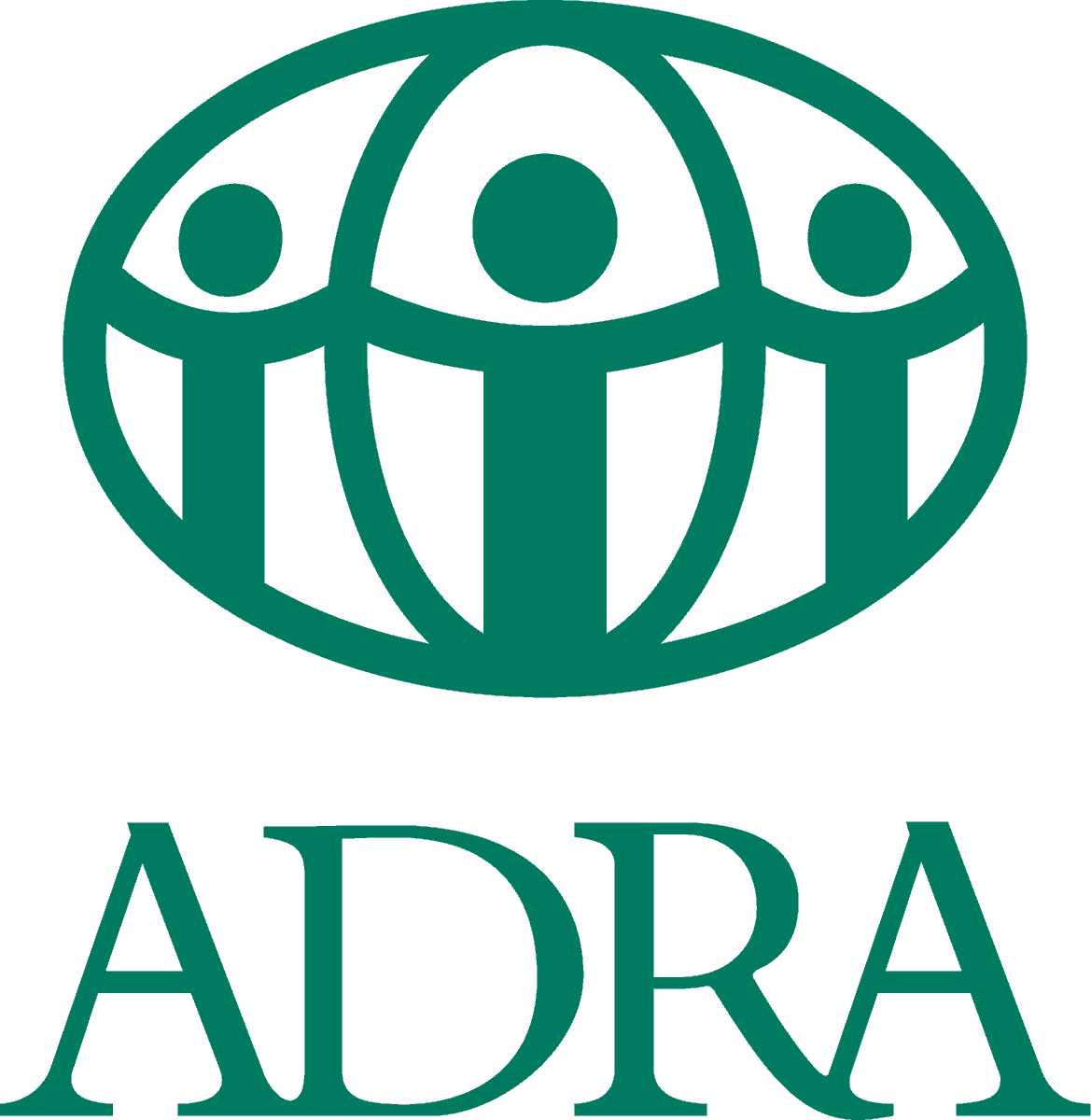A Curriculum for Life
Rural schools provide a classroom education alongside skills to overcome poverty
It is common to say, “children are the future,” but for Andranomiteka, a public elementary school in rural southeastern Madagascar, the phrase is so much more than just another figure of speech.
Andranomiteka is one of the many schools in this region to implement “Sekoly Tia Ankizy,” or “Child Friendly School,” a partnership with FIOVANA and the Ministry of Education. The program envisions a holistic change for vulnerable communities—a change that begins with children.
By introducing lifechanging concepts into the normal academic curriculum, Sekoly Tia Ankizy creates an atmosphere that transcends bookwork and tests. In addition to learning mathematics, science, and literacy, students also learn about health and hygiene, puberty, early pregnancy, disaster risk management, environmental protections, home gardens, diversified diets, the rights of children, and more. They learn both in the classroom and out of it, and they take what they learn back home to their parents and broader community. Dominque is an educator at this school, and one of the first to receive the initial training from FIOVANA, an education he then integrated into his classroom curriculum.
“The children are quick learners,” he said. “It is good for them when they grow up; these are skills they will have the rest of their lives. The parents trust what their children teach them, and when the children are motivated, the parents are also motivated.”
It is an understatement to say the children at this school are motivated.
For the first time in their young lives, they are empowered to inspire sweeping changes in their community—changes that are long overdue.
For communities that have historically suffered from famine, drought, malnutrition, disease, early pregnancy, and abject poverty, the skills and knowledge of this generation are an incalculable blessing.
“The children are happy because they see tangible results,” Dominique said. “They tell me that what was taught to them is true, and even their parents see the difference. When I visit the families of my students, I find them preparing lunch, washing their hands. I see the way they apply planting techniques in the gardens, the way they reinforce their houses against cyclones, the latrines outside their homes. I am optimistic about their futures because I can see they are applying what we teach.”
Before FIOVANA, school attendance in this community hovered around 70 percent. Today, with the updated curriculum and the diversified school lunches fortified, in part, by the gardens just outside, attendance is now at 90 percent. And amazingly, since FIOVANA took root in this school, the rate of success on the final exam is a perfect 100 percent.
“Education prepares a child for the future,” Dominique said. “If we didn’t have the project, the rate of attendance would decrease, and the children might not even reach the secondary school. In my opinion, a good future for a child is to become self-sufficient. They are learning self-sufficiency here.”
Thirteen-year-old Fanantenana is one of the children embracing a better future. She taught her parents the improved agricultural methods she learned in the test garden at school, as well as handwashing and proper latrine use. Most valuable of all, the young girl living in a traditional village taught her parents about her rights as a child.
“I have the right to a birth certificate, to education, to access health care, to play, and to live with my parents,” she said. “I have the right to have a voice.”


